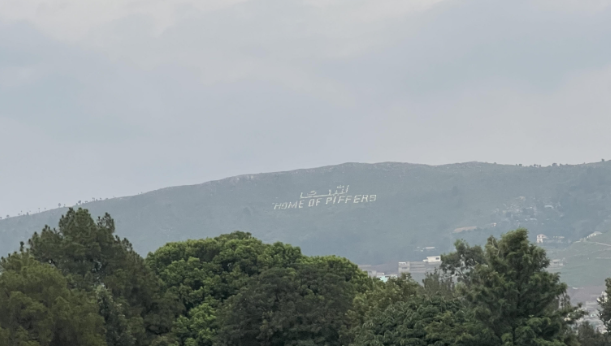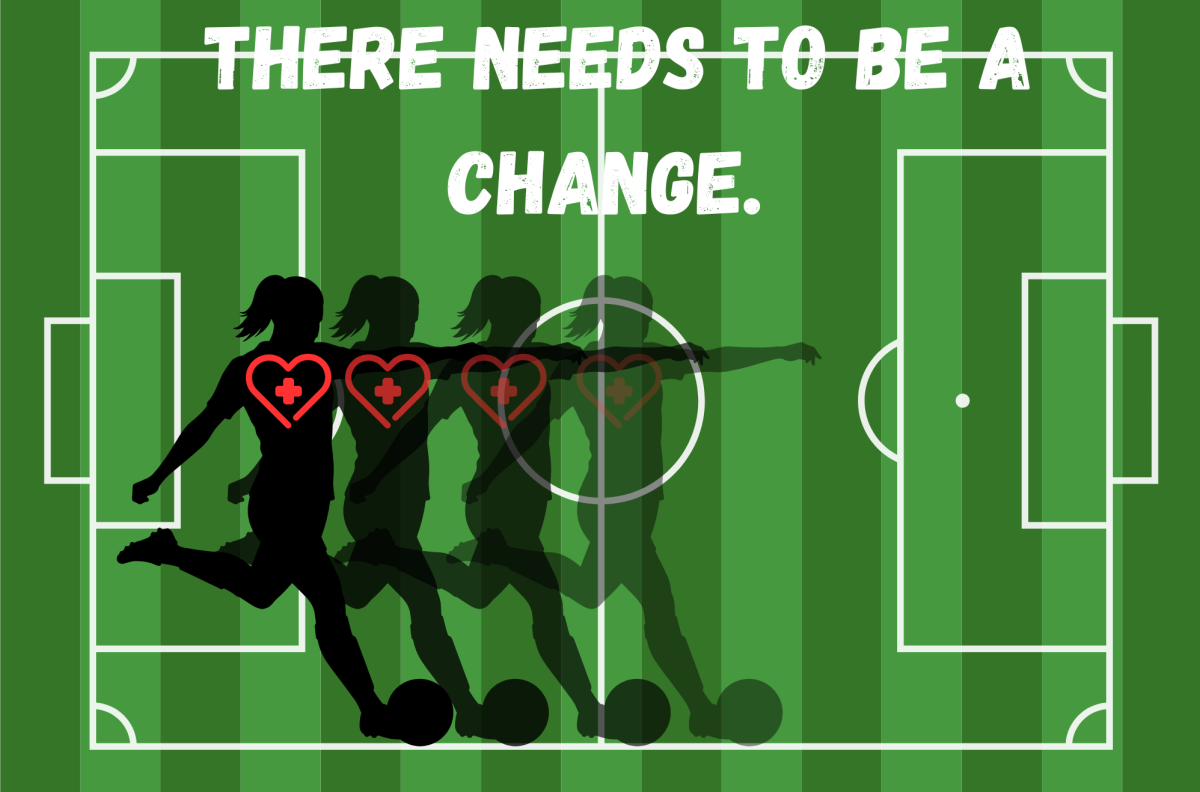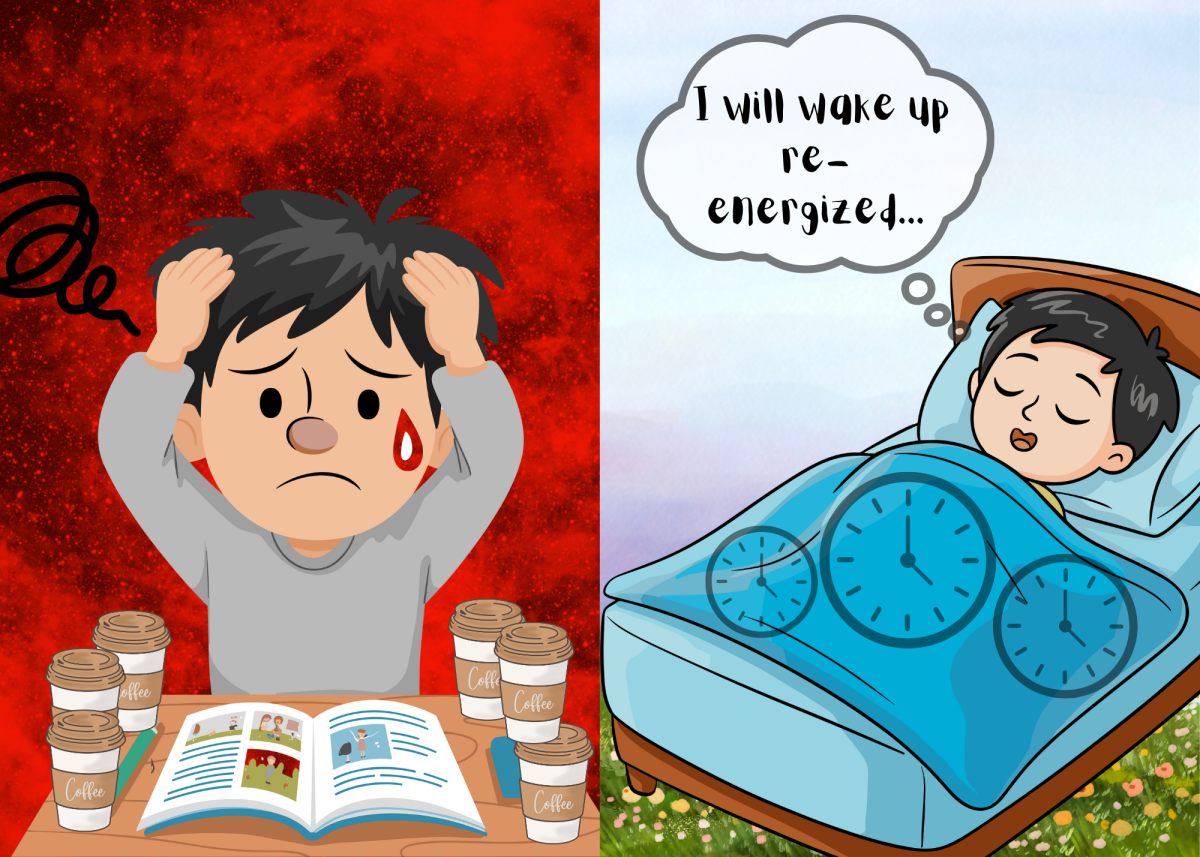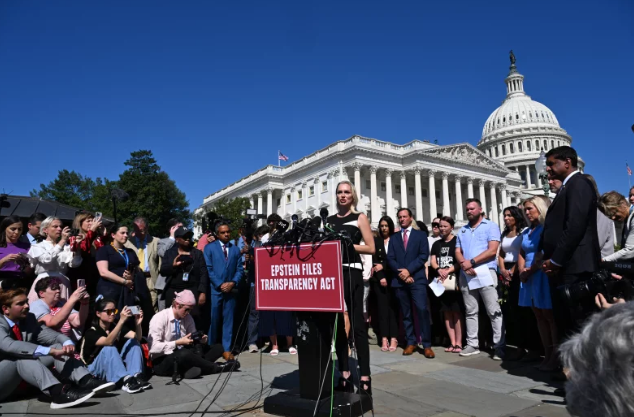I stepped foot outside my home country and breathed in the fresh air. The smell is the same asalways. The street vendors, the crowded roads, the warmth of the people linger in the air. But so did the poverty. That sadly, hasn’t changed.
Pakistan is a country located in South Asia, sharing borders with China, India, Iran, and Afghanistan. It gained its independence in 1947, emerging as a separate Muslim nation following the end of British colonial rule. Pakistan is known for its mountain ranges, historical sites, and traditional cuisines.
“When people hear of a third world country they think it is “lesser,” “poor,” “unhealthy,” and “beyond repair,” but it’s not always true,” sophomore Qintara Arshad said. “Pakistan has rich technological histories and in cities like Lahore and Karachi you really see the amount of development that is possible throughout the whole country.”
Although Pakistan is home to many remarkable qualities, poverty remains a major challenge across the country. Over 44.7% of the Pakistani population is living in poverty. A large portion of that 44.7% struggles with financial hardships, with many individuals living without basic necessities.
According to the World Bank, due to a higher adjustment for lower-middle income level, the property ratio has jumped 5% limiting $4.20 income a day. Poverty is visible in everyday life, on the roads, alongside the streets, and in both rural and urban communities, impacting many lives.
“I think poverty mainly occurs because of how fast the population growth is at the moment,” senior Sugra Tahir said. “As a result there aren’t enough resources being brought in, and with limited job opportunities it’s difficult to break out of low-paying jobs.”
An anonymous senior agrees with Tahir’s thoughts.
“The poverty is so bad,” the senior said. “They don’t have enough money to pay off their debts, they don’t make much and jobs aren’t reliable.”
On the first day of my trip to Pakistan, I encountered a young boy who was painted golden and dressed up in a costume, around the age of 7 standing in the middle of the road holding up a sign written in Urdu. I couldn’t understand what the sign said, but it was clear he was in need of help. It was heartbreaking to see a child who should be out playing, instead, standing here collecting money for his family.
“It is really sad to see poverty in Pakistan because it prevents kids from having opportunities just because of poverty,” freshman Mava Khan said. “I recently went to Pakistan and I witnessed a lot of poverty and it was really heartbreaking to see.”
Another instance, a man came up to my uncle’s car, and without saying a word, started cleaning the windows and side mirrors. He kept working, not stopping until we started the car. It was a silent reminder on how far people go when they are in need.
Junior Saad Mustafa relates similar observations from his visits to Pakistan.
“It hasn’t impacted me or affected me in any way during my time in Pakistan, but seeing it definitely,” Mustafa said. “I notice how some of the people are living and the daily struggles they have to go through to just get food, water, or a clean space to live in.”
The history of Pakistan’s poverty goes way back to the 1970’s and 80’s where it just started decreasing, but gradually started rising again in the 90’s due to the flawed government policies, widespread corruption, and many operational inefficiencies of the system where there has been scarce resources.
In Pakistan it is no doubt that poverty and politics are intertwined. According to The Friday Times, when politicians interfere it creates uncertainty, ultimately disrupting business confidence.
Due to instability, Pakistan’s Stock Market always takes a hit. When things look tense, investors tend to leave. When investors leave, the currency loses its value and inflation rises due to import rises.
Karachi, one of the biggest cities of Pakistan has recently experienced tremendous floods. It is clear that climate change is accelerating its impacts on Pakistan and government forces need to take precautions to keep the people safe.
“I have seen and experienced the issue of poverty within the country, especially from being from a very neglected area of Pakistan, Karachi, where the government has not been aiding the region with as much care or support as compared to other parts of the country,” junior Alishba Lodhi said.
The recent floods have only deepened the suffering of the people of Karachi. Homes have been destroyed, roads are underwater, and families are struggling to find food and shelter. It’s another painful reminder of how climate change is intensifying existing problems.
Another big issue in Pakistan is that the electricity in many areas is unreliable especially in the rural areas. Power outages, or laid shedding happen several times a day and can last for hours.
According to CDPR, weak government actions, energy mismanagement, and lack of investments in electricity have caused electricity supply to fall 32% in 2025.
I remember one night during my trip the lights would constantly go out at night and would be a huge struggle for my family. For many families, it’s a daily struggle, shops close early, and people sleeping without fans in the heat. It reminded me how something as simple as light is still a luxury for so many.
Effects of poverty severely limit access to quality education, especially in rural and undeveloped areas. Many families cannot afford school expenses, forcing children to drop out of school. 44% of children aged 5-16, approximately 22.8 million kids are not attending school due to financial problems.
“Those who can’t afford healthcare are forced to survive in the pulled and sometimes disease ridden or dangerous working conditions,” Arshad said. “They tolerate making ends meet.”
As Arshad mentioned, healthcare is worsened due to poverty through poor infrastructure making access to healthcare difficult to obtain.
Universal Health Care reports that over 50% of Pakistan lacks access to healthcare services. This highlights an extreme gap in those who are able to reach a healthcare professional.
Poverty in Pakistan is still a complex issue with many challenges from government instability to lack of basic necessities. While the country is rich in culture, history, and resilience, millions continue to struggle daily. Witnessing this firsthand is a powerful reminder of the privileges we often take for granted. Real change will only come where there is stronger leadership, greater investment in people, and a united effort to uplift every citizen. Until then, the streets will continue to tell stories of both hardship and hope.










Taumir • Sep 10, 2025 at 7:17 pm
Thanks for writing this piece!!!!